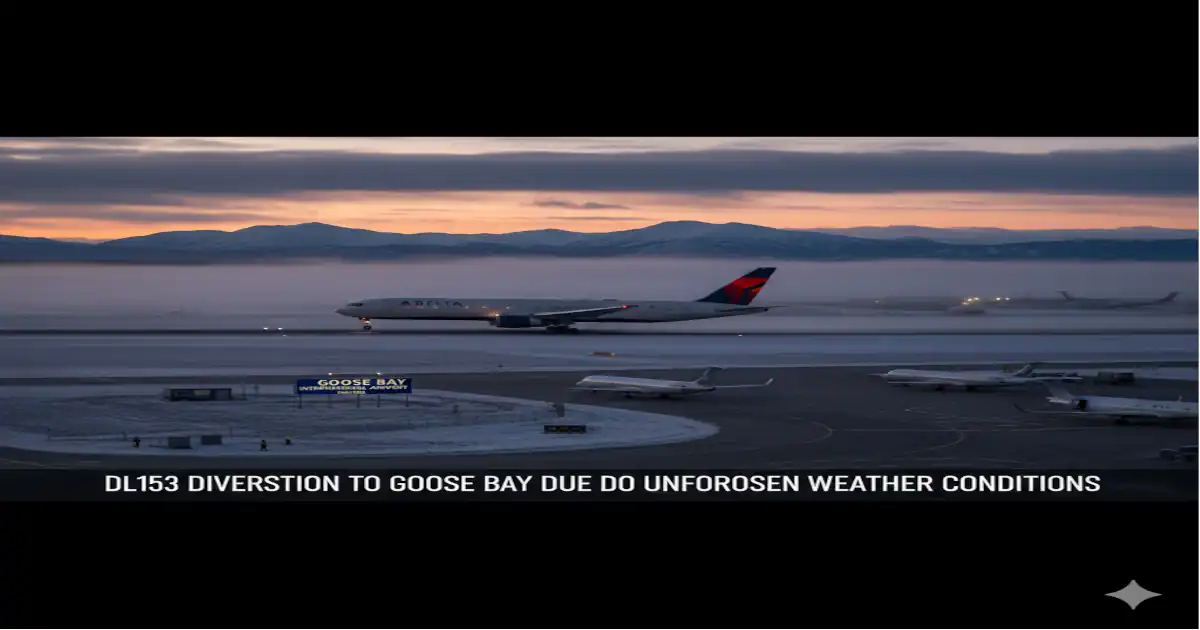A simple text mistake turned Korean Air Flight 085 into a scary 9/11 target. Fighter jets followed, towns cleared out, but everyone landed safe. Learn the full story and what it taught us about flying today.
Imagine you send a quick note to a friend saying “all goody” but your phone changes it to “all die.” Panic starts. That’s close to what happened high in the sky on September 11, 2001, with Korean Air Flight 085 called KE085 for short. A tiny code mix-up made people think the plane was hijacked. Jets with real missiles flew right behind it. This is the true tale of how a normal trip from Seoul to New York turned into a wild ride, and how it ended with hugs in a small Canadian town.
Quick Key Takeaways
- One wrong letter in a message almost caused a shoot-down.
- Two fighter jets shadowed KE085 for over an hour.
- A quiet town in Canada saved the day with open doors.
- The scare pushed new rules so the same mistake never happens again.
- Everyone on board got home safe without knowing the danger.
What Was Flight KE085?
KE085 is a regular flight that leaves Seoul, South Korea, and heads to New York City. Back in 2001 it stopped in Anchorage, Alaska, to get more fuel. That day it carried a big Boeing 747 with 215 people families, business folks, and crew just doing their jobs.
The plane took off early in the morning Seoul time. Pilots chatted with air traffic control like always. Nothing felt strange until a tiny text reply changed everything.
Why It Mattered That Day
September 11 was already the worst day in U.S. history. Four planes had been taken by bad guys. Every controller watched screens with wide eyes. When KE085 sent a weird code, alarms rang loud.
The Mix-Up That Sparked Fear
Airplanes talk to the ground with a system called ACARS. It’s like texting but for pilots. The ground team asked, “Everything okay?” The pilot meant to say “roger” or “yes.” His fingers typed HJK a short way to say “message received” in some airline books.
But HJK looks a lot like the hijack warning code. Ground workers saw red flags. They told the pilot to set squawk 7500 the official “I am hijacked” signal. The pilot thought it was a normal request and did it.
- The wrong squawk stayed on for 90 full minutes.
- Buildings in Anchorage emptied fast.
- News spread to the top leaders in minutes.
A controller named Dave later said, “We had no time to guess. We acted to keep people safe.”
Voices from the Cockpit
Picture the pilots high over the Pacific. Lights blink, radios crackle. They had no idea jets were racing toward them. One small tip from this mess: always read messages twice when the world feels tense.
Jets in the Sky: Military Rush
Two F-15 Eagle jets left Elmendorf Air Force Base in Alaska. Their orders were clear follow KE085 and be ready for anything. Missiles were live.
The Vice President and Canada’s Prime Minister both said yes to the same hard choice: shoot if the plane aimed at a city. It was the first time Canada ever gave that order.
- Jets flew so close the pilots could see them out the window.
- Fuel burned fast as the big 747 looped to stay away from towns.
- NORAD watched every second on giant screens.
One general remembered, “We hoped it was a mistake, but we trained for the worst.”
Ground Panic in Alaska
Anchorage shut down. Office workers left coffee cups and ran outside. Ports cleared ships. Everyone waited for news.
Landing in Whitehorse: Safe Haven
Controllers picked Whitehorse, Yukon, because the runway was long enough. The 747 turned north, engines roaring. Fighter jets stayed on its tail until wheels touched snow-dusted ground.
- Plane rolled to a stop at 11:54 a.m. Eastern Time.
- Police in heavy gear climbed aboard with guns ready.
- They found sleepy kids, confused grandparents, and zero bad guys.
The town of 20,000 opened homes, gyms, and churches. Locals cooked stew and handed out blankets. One passenger said years later, “We thought the stop was for weather. We never knew jets followed us.”
Passenger Tales from the Ground
A little girl drew pictures with new Canadian friends. A businessman called his wife from a borrowed phone. Simple kindness turned fear into warm memories.
What We Learned from KE085
This close call fixed big holes in how planes talk.
- New training teaches every code in every language.
- ACARS now flags strange words before they cause trouble.
- Pilots practice “what if” games for mixed messages.
By 2002 the FAA changed one in five radio rules because of KE085. Today’s planes use clearer screens and voice checks.
KE085 Today: Still Flying High
The same flight number runs every day. A sleek Boeing 777-300ER carries the load now faster, quieter, safer. No more fuel stops. You can book a seat and fly the path that once had missiles behind it.
Frequently Asked Questions
What caused the KE085 hijack scare?
A pilot typed “HJK” to mean “message received,” but ground control read it as a hijack code during the 9/11 attacks. The mistake came from old shortcut lists that mixed languages. Controllers followed strict rules and raised the alarm to protect cities below. Quick checks later proved it was only a typing error, but the plane still had to land far away for safety. Everyone stayed calm and followed new steps to fix the problem fast.
Did fighter jets shoot at KE085?
No shots fired. Two F-15 jets flew close with orders to watch and wait. Leaders in the U.S. and Canada said yes to shoot only if the plane flew toward people. The pilot never knew danger was near. Once the plane landed safe in Canada, police checked and found zero threats. The jets turned home, and the scare ended without harm.
Where did KE085 land on 9/11?
Whitehorse, Yukon, in Canada. The small airport stretched its long runway for the huge Boeing 747. Fighter jets circled until the plane stopped. Police boarded fast but found only tired travelers. The town gave beds, hot food, and kind words to all 215 people for two full days until flights opened again.
How many were on KE085 that day?
215 passengers and crew filled the Boeing 747. Families headed to New York, some on vacation, others on work trips. Kids slept in seats while adults read books. None felt the danger outside. After landing, stories of friendly Canadians became the best part of their unexpected stop.
What changed after KE085 incident?
Airlines rewrote message rules to stop shortcut mix-ups. New software warns if a code looks wrong. Pilots now train with real examples from that day. Global groups added voice checks beside text. These fixes cut similar scares by a huge amount and keep every flight clearer and safer today.
Is KE085 still operating?
Yes, it flies daily from Seoul to New York on a modern Boeing 777. The trip is shorter with no fuel stop. Safety upgrades from 2001 make the ride smooth. You can track it live online and see the same route that once made history now runs without worry.
This KE085 story shows how one letter can shake the world yet clear heads and kind hearts fix it. Next time you fly, look out the window and remember: the sky is safer because people learned fast. Ready to book your own safe trip? Pick a window seat and enjoy the view.
 Akedo Warriors gaming and general site
Akedo Warriors gaming and general site



